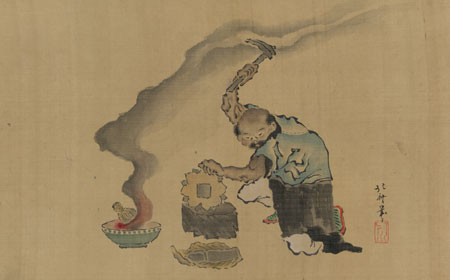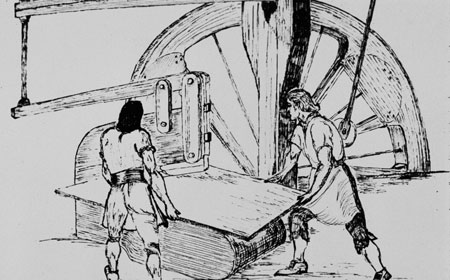Rolling has existed for hundreds of years. The first rolls were small, handdriven and they were used to flatten gold and silver in the manufacture of jewelry and art.
In 1480, Leonardo da Vinci sketched a machine to roll lead for stained glass windows. This was the world's first recorded rolling mill record, but no evidence exists that says the machine was built.
By the 1600s, rolling machines, rather than small, hand-driven rolls, were known to have been in operation and iron was just being introduced as a metal capable of rolling. By the late 1700s, the first hot rolling mills appeared, allowing iron to become a more popularly rolled material.
The Industrial Revolution (c1760s to c1840s) created an unprecedented demand for iron. New technology was invented to manufacture iron, and eventually steel, and the metals were used in new products like machinery, railroads, and steam ships.



